
Kia Niro Review

Introduction
Most hybrid cars are part of a wider range of the same model, one that features petrol and diesel cars too. Not so with the Kia Niro; it’s a small SUV designed as a hybrid from the ground up and all versions feature at least some kind of electrification. Choose from a regular hybrid or a plug-in hybrid, and there’s even a full electric version too. All have a great reputation for reliability and could save you a packet in fuel and company car tax when compared to a petrol or diesel car.
Select's rating score* - 3.2 / 5
At a Glance
Small SUVs are all the rage these days, but small SUVs that only feature electrified powertrains are much more unusual. Most start with the bread-and-butter petrol and diesel models, then introduce a hybrid option later on. But when Korean manufacturer Kia introduced the Niro in 2016, it dived headlong into the electrified world, with a hybrid model and a plug-in hybrid. A full-electric model, called the e-Niro, is also available, but we’ll be focusing on the hybrids in this write up. There are no pure petrol or diesel models at all.
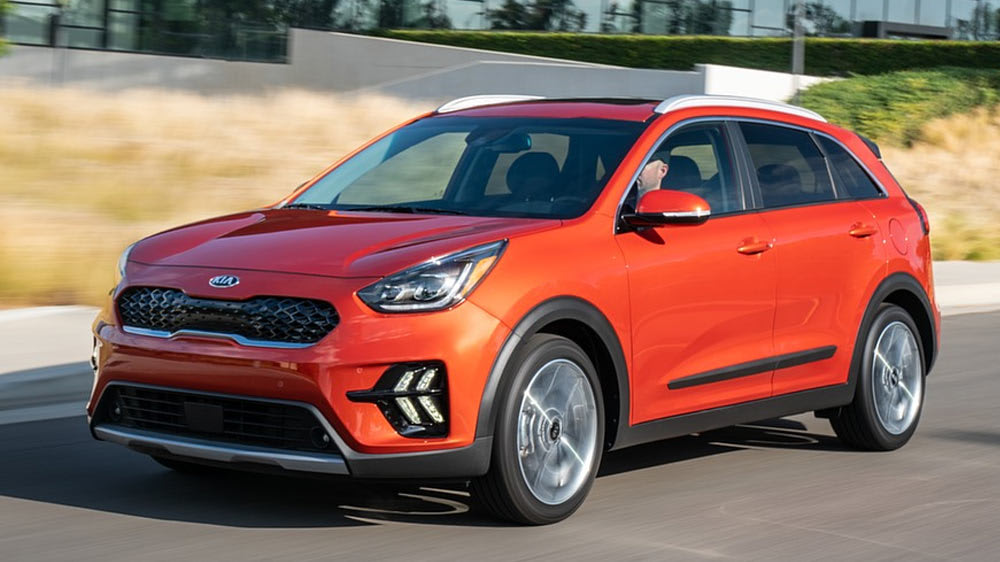
Powertrains aside, the Niro is a small SUV that features understated styling, an easy-to-use infotainment system and a reasonable amount of space inside, although there are more capacious rivals. It’s a fine car for driving around town and will cruise on the motorway too, although its fuel saving will be less on longer journeys. There are several well-equipped trim levels to choose from.
Key Features
Looks are a subjective thing, so we’ll leave you to decide if the Kia Niro’s exterior is charming or not. Inside, the design is rather conservative when compared to something more quirky, like Peugeot’s 3008. Build quality is very good even if some of the materials aren’t as premium-feeling as you’d get in some rivals. Similarly, the infotainment system might not look all that fancy, but it’s really easy to use.
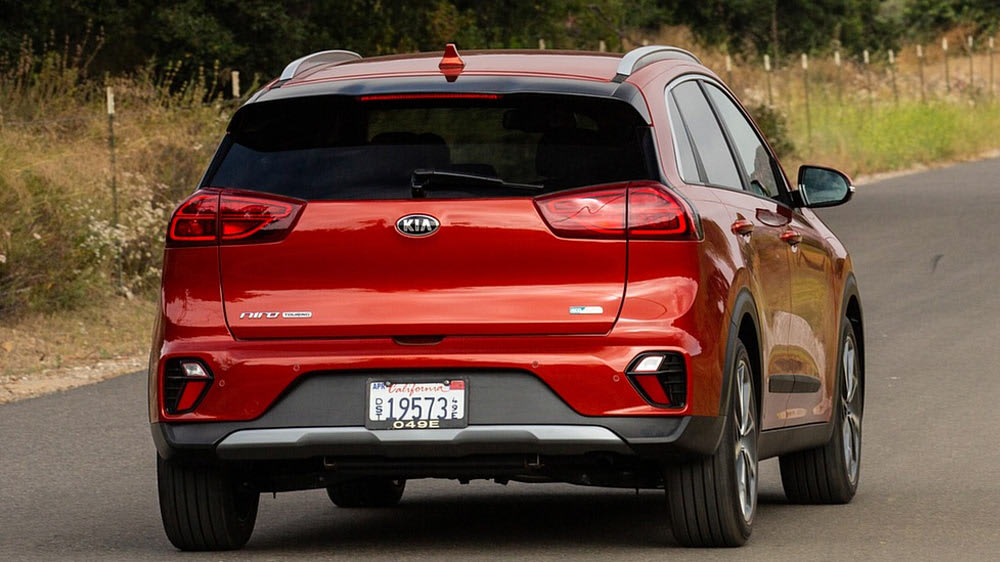
Electric E-Niro aside, powertrain choices are between the hybrid, which is a self-contained petrol-electric system, or the plug-in hybrid, which lets you charge up the electric motor’s battery from the mains, and gives you a larger electric-only driving range that doesn’t rely on the petrol engine to recharge. All models have an automatic gearbox.
Performance & Drive
The engine and electric motor in both versions of the Niro are its main selling points, as they promise reduced fuel bills, lower tax charges and the ability to drive for short distances on electric power only.
The regular hybrid (which Kia calls a ‘self-charging hybrid’) uses a 1.6-litre petrol engine connected to an electric motor, with a combined output of 139bhp. This is a reasonable amount, but the electric components are heavy, and means acceleration is less than blistering if you want to overtake or accelerate up to speed on the motorway. However, the zippy, instant response that the electric motor gives mean progress around town is more than acceptable.
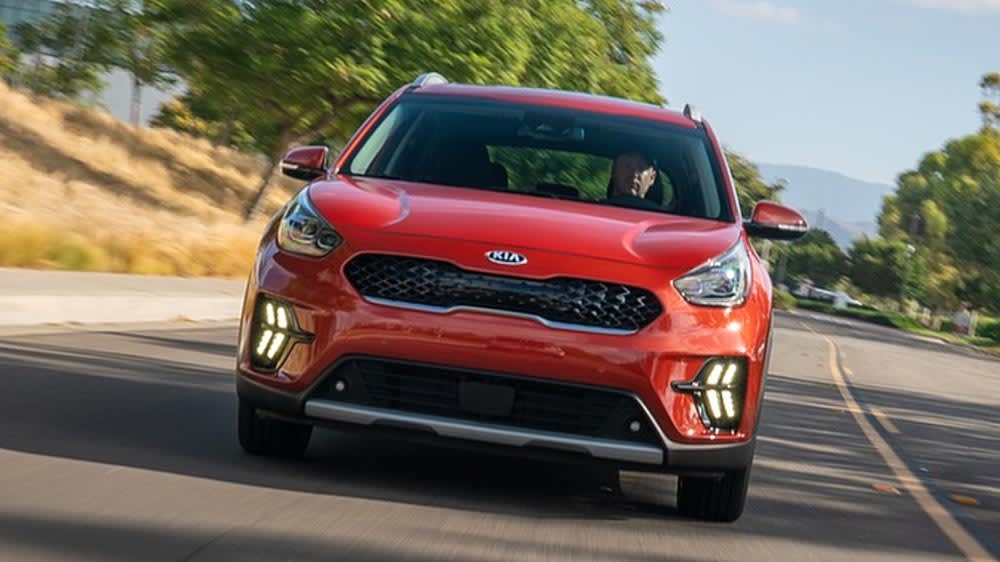
The electric motor’s 1.56kWh battery is charged mainly by the engine, but can run on its own for short distances to cut polluting carbon emissions. It can also recoup small amounts of kinetic energy while braking and cruising, but most of its power comes directly from petrol.
In contrast, the plug-in hybrid (PHEV) model lets you charge up its larger 8.9kWh battery from the mains and gives a much improved electric-only range of up to 30 miles. This means that if you have somewhere to plug it in regularly, and do mostly shorter journeys, you could end up hardly ever needing to use the petrol engine. This means big savings, as electricity costs much less than petrol.
However, if you do longer journeys, then beware – you’ll soon exhaust the electricity supply and have to rely more on the petrol engine. As you’re hauling all that electric equipment, your fuel economy will soon drop. That said, the Niro PHEV is unusual in that if you do run low on electricity, it’ll use the engine to recharge a small amount, essentially acting like a regular hybrid. This minimises the impact on fuel a little, as the system will cut out the engine whenever possible.
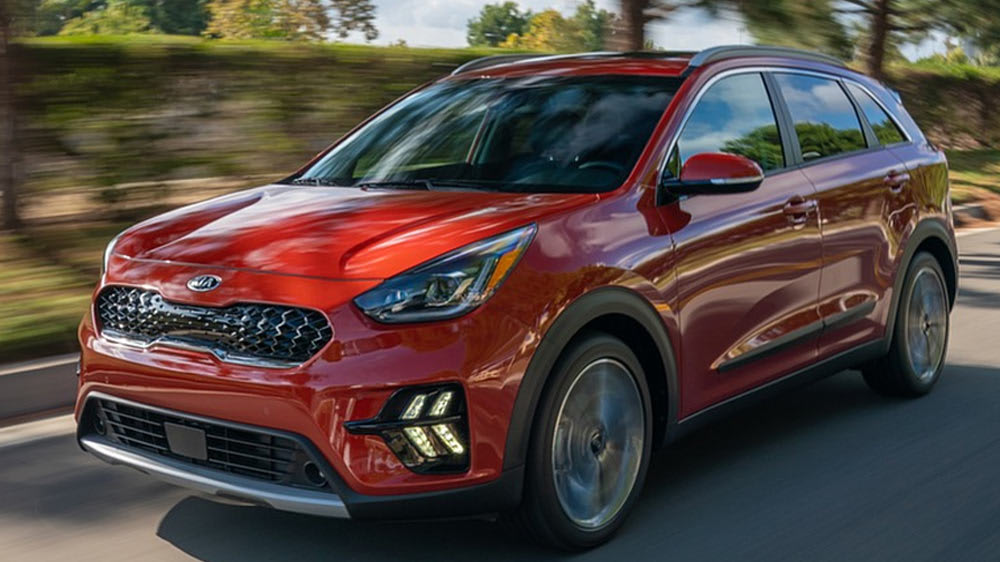
On the move, you’ll feel the extra weight of the Niro through the corners, with a bit of body lean as you turn despite some quite stiff suspension. It’s not trying to be a sporty machine at all; rather, it rewards unhurried driving. It’s perfectly serviceable to drive, and more than comfortable enough for most customers, but there are rivals that both handle better and have a more forgiving ride quality.
Running Costs
You’ll pay slightly more to lease the Niro PHEV than you will for the regular hybrid, but then the potential fuel savings are far greater in the former. More than in regular petrol or diesel cars, it pays to work out how you’re likely to drive the Niro, and do some maths to figure out if your fuel savings will outweigh the extra leasing costs. Hybrid leasing costs are comparable and sometimes even better than rivals like the Hyundai Kona and the Toyota C-HR, although it varies by trim level.
When it comes to fuel economy, the regular hybrid has an official fuel economy of 58.9mpgm while the PHEV promises 201.8mpg. However, the figures for the plug-in model are almost meaningless in the real world, as the actual fuel consumption will be dramatically affected by how you use it, as described above.
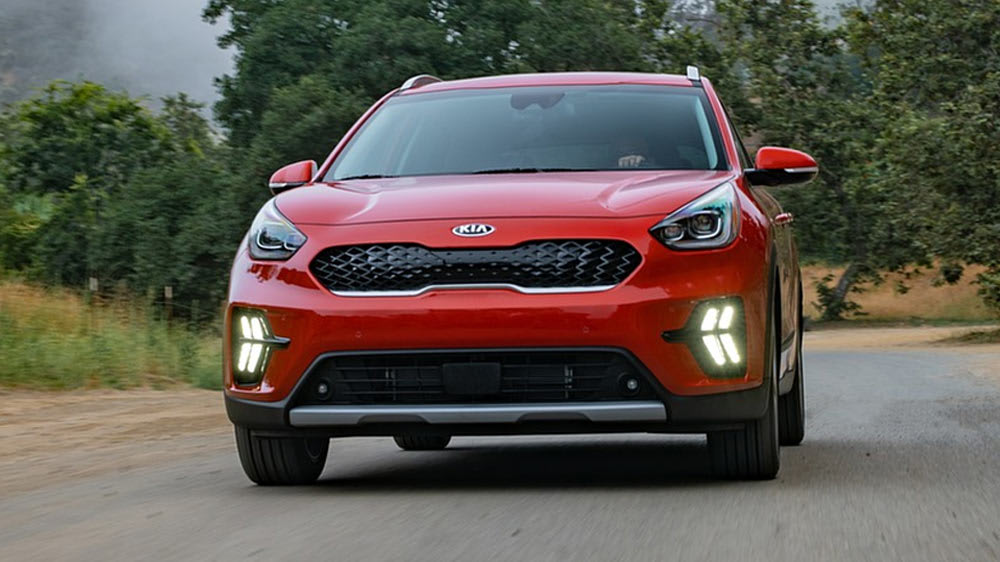
Insurance groups range between 11 and 13 (of 50) for the hybrid and 14 and 15 for the PHEV, which means premiums should be very reasonable.
CO2 emissions from the Niro vary slightly by model, as they’re affected by factors like different sized wheels. The hybrid model ranges from 110g/km to 120g/km, which puts it in the 26% to 28% brackets for benefit in kind company car tax (2021/22). However, the plug-in hybrid model is likely to be much more appealing to company car drivers, as it falls into the 11% bracket with emissions of just 31g/km of CO2/
Interior
The Niro’s interior is well thought out and comfortable, even if the design is unremarkable. Some rivals will feel more special inside, both in looks and in material quality, but there’s absolutely nothing wrong with the Niro. It’s smart and functional, and we’ll take that over funky but awkward to use any day. There are lots of buttons dotted round that make things a little more cluttered than the minimalist look that some rivals have employed, but that means it’s easy to access all the usual functions without having to dive through countless sub-menus on a touchscreen.
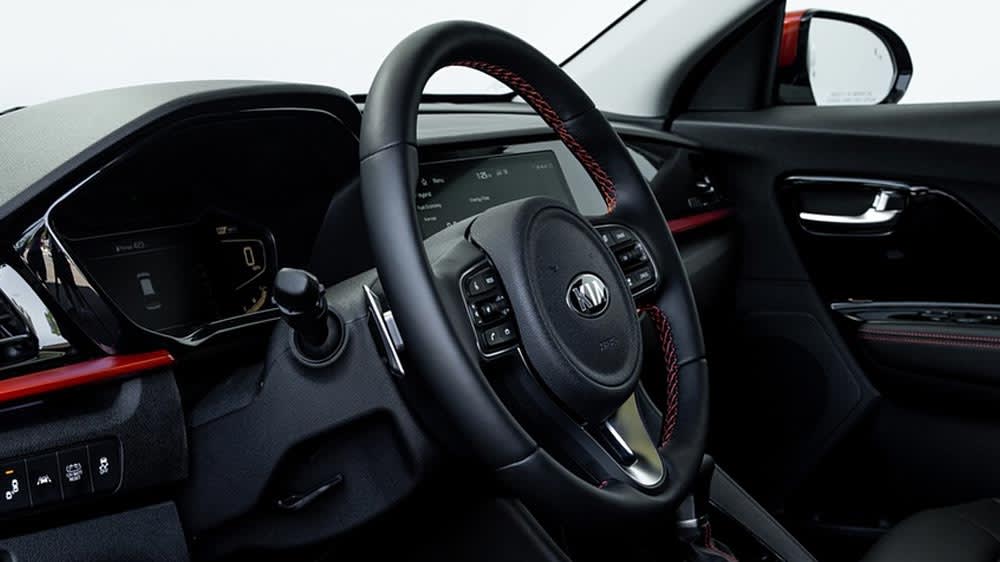
Every Niro comes with a touchscreen display in the centre of the dash, which controls the infotainment system. It’s 8.0 inches in size in the 2 trim, and 10.25 inches in other models, and all come with a DAB radio as well as Bluetooth, and Apple CarPlay and Android Auto to let you hook up your smartphone. The larger versions get sat-nav too, as well as a wireless phone charger and various connected services that let you view real time traffic information and monitor various car settings via a smartphone app. All models also get a reversing camera that shows an image on the screen.
Practicality & Boot Space
You should be able to fit four adults into a Niro with no difficulty, and rear seat passengers shouldn’t lack head or legroom, although taller adults might struggle a bit with the reduced roof height in cars fitted with a sunroof.
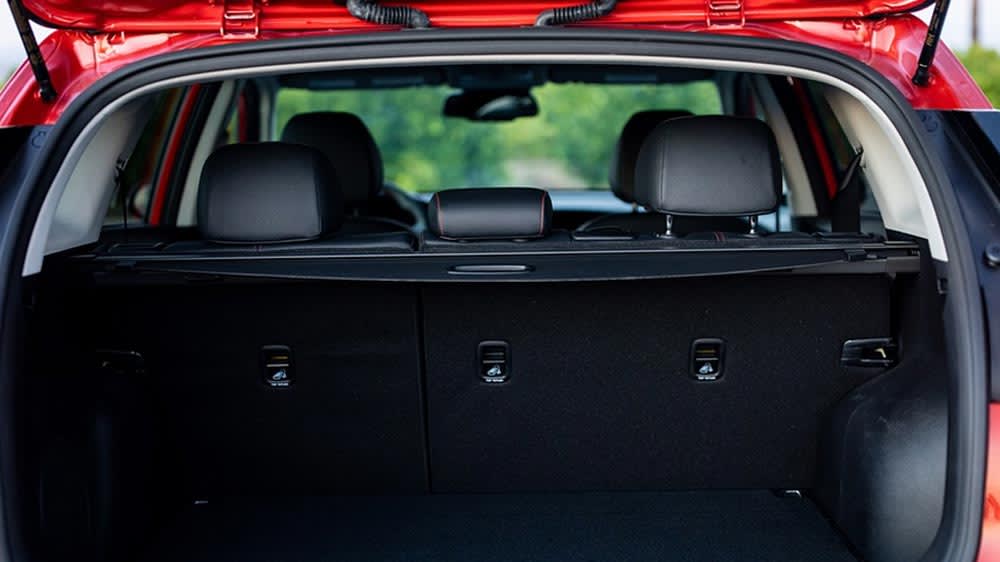
At 382 litres in the hybrid and 324 litres in the PHEV, the boot size isn’t as big as some rivals. If load-lugging is a priority, then a rival SUV will carry more stuff and some hatchbacks have the Niro beaten too. That said, the rear seats fold down in a 60/40 split and provide a flat loading space for larger items. There’s storage in the door pockets, under the centre armrest in the front and pockets in the back of the front seats (although only one in the entry-level 2 model).
Safety
Safety organisation Euro NCAP awarded five out of five stars to the Niro in 2016, once it was fitted with the driving assistance systems that now come as standard on every car. Previously, it had only scored four. All models get automatic emergency braking, which will intervene if you don’t react to an impending accident ahead. They also come with lane-keep assistance and lane follow assistance system to stop you inadvertently veering out of your lane, and top-spec cars also get a blind spot alert system.
In addition, every Niro has seven airbags and Isofix child seat mounting points on the outer rear seats. There’s also an airbag cut-off switch if you need to put a child seat on the front passenger seat.
Options
Kia orders its trim levels by number, which makes it easy to figure out how well specced a particular car is; the higher the number, the more equipment it has.
The hybrid model starts with the 2, which gets the smaller infotainment screen and misses out on sat-nav, but does get 16-inch alloy wheels and tinted rear windows, as well as automatic headlights and part-leather upholstery. That’s not a bad spec for an entry-level car.
Upgrade to the 3 model and you’ll get 18-inch alloys, heated leather seats and heated steering wheel, and the larger infotainment screen with all the extra functions.
The top-spec 4 model features bright LED headlights, ventilated front seats and heated rear seats and keyless entry and start, which means you don’t need to blip the fob or twist a key in the ignition to start the car.
Options are limited to extra paint colours, which might be a shame for you if you’re keen on personalisation, but it does make the selection process much more straightforward; no more trawling through countless options boxes working out what you do or don’t need.
Who Rivals The Kia Niro?
What you consider alongside a Niro will depend on your priorities. If you’re just looking for an SUV then your choices are many, from the Nissan Qashqai to the Skoda Karoq and plenty more. This segment of the market is one of the most popular, so virtually every manufacturer has a car to compete in it.
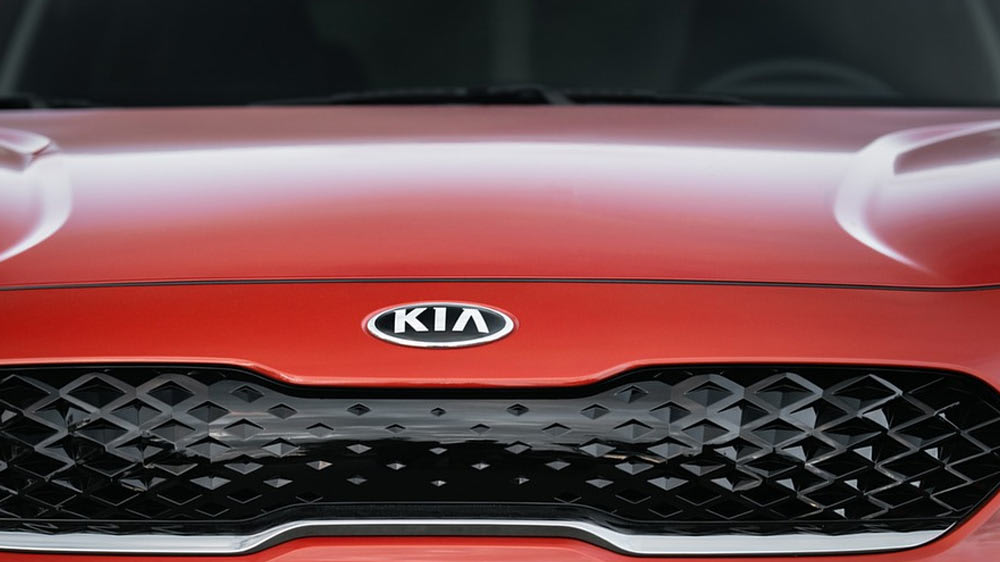
If you’re specifically after a hybrid, then you might want to consider other non-SUV rivals such as Toyota’s Prius or Corolla, or the Hyundai Ioniq. But if an SUV is a must then look at Hyundai’s Kona, Toyota’s C-HR or the larger Toyota RAV4, or the Honda CR-V.
If you specifically want a PHEV, rivals will include the Mini Countryman S E, Renault Captur E-Tech and Ford Kuga Plug-In.
Verdict & Next Steps
The Niro range is unusual in only offering electrified versions, and it has much to recommend about it. The plug-in hybrid version, in particular, will be of great interest to company car drivers because of its low CO2 emissions and subsequent low tax bills. Used correctly, it can give any driver dramatically reduced running costs compared to a petrol or diesel car.
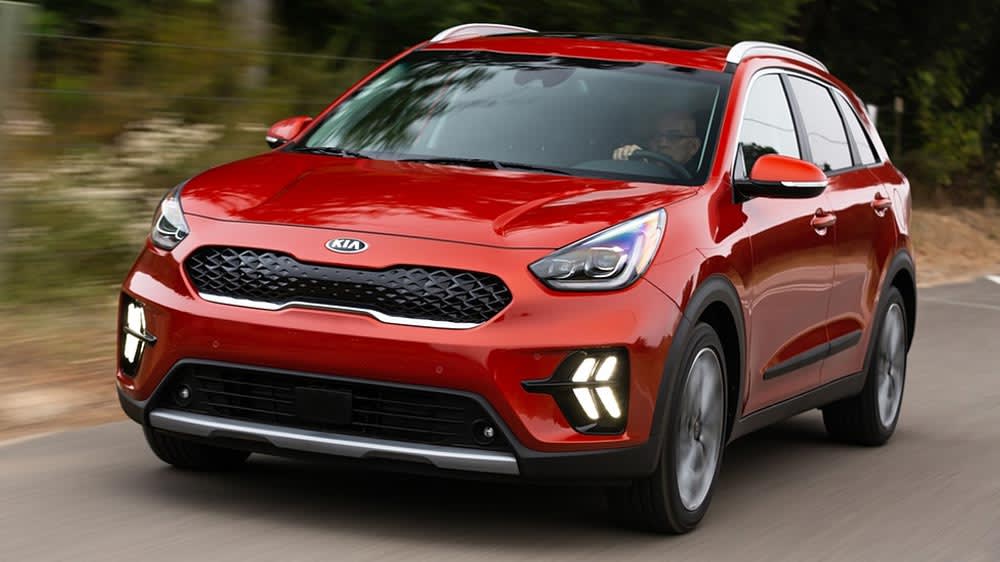
Power aside, there are small SUVs that drive better or have more interior space. But you’ll see the Niro crop up on plenty of Best Hybrid SUVs lists, because it’s an excellent all-rounder that gives you lots of features for a very reasonable cost. Make sure you fit the target profile for it in terms of the driving that you do, and don’t get one without checking out its rivals too, but you may find that the Niro ticks quite a few of your boxes.
Where to next?
View latest Kia Niro car leasing deals - from £202.43 per month inc VAT**
Looking for a great deal? Check out our incredible range of car lease deals
New family SUV? Read our latest Car Reviews and find the right model for you
Want to know more about leasing? Take a look at our comprehensive Leasing Guides
Interested in everything motoring? Why not catch up on all the latest Car Leasing News.
*Score based on Select’s unique meta score analysis, taking into account the UK’s top five leading independent car website reviews of the Kia Niro
**Correct as of 27/01/2021. Based on 9 months initial payment, 5,000 miles over a 48 month lease. Initial payment equivalent to 9 monthly payments or £1,821.85 Ts and Cs apply. Credit is subject to status



















